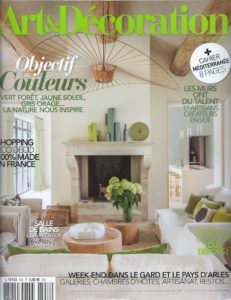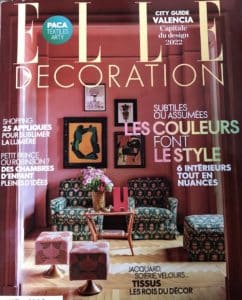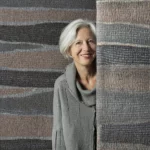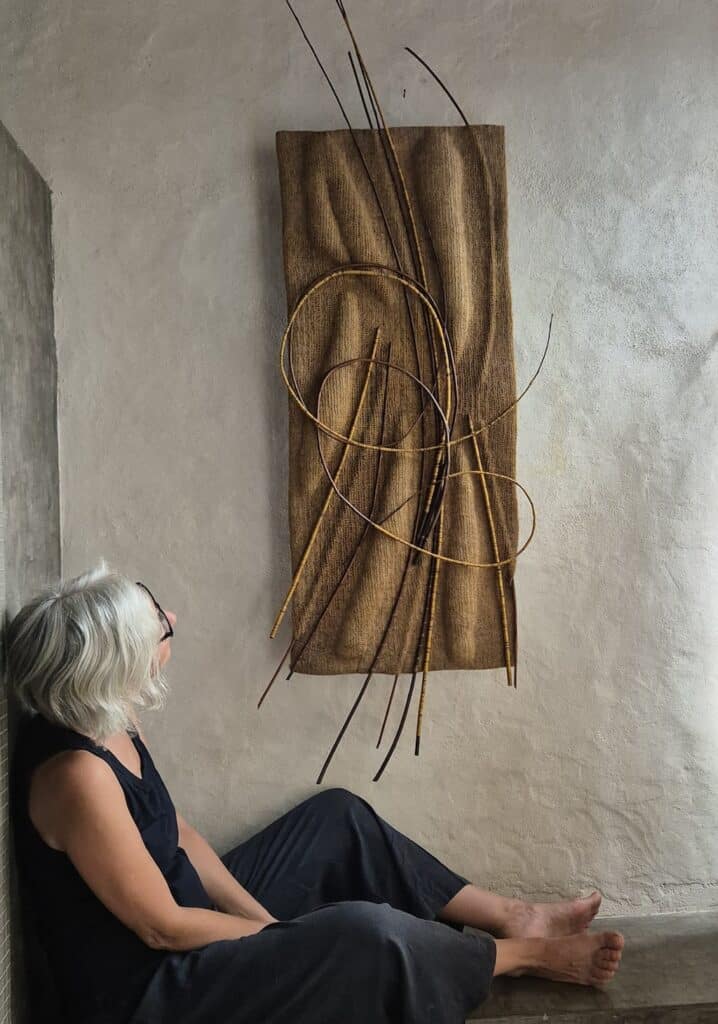
A self-taught career path
With wool felt as my guiding thread, I explore and observe the transformation of the material through gestures that freely combine techniques and materials, craftsmanship and textile art.
I founded Ghislaine Garcin maille & feutre workshop in Marseille in 2016.
After initially working in graphic design for the press and publishing, I gradually decided to devote myself to wool crafts, a world that has always been a part of my life. Knitting, weaving, embroidery: these explorations led me to felt, the discovery of which marked a turning point.
Trained by fellow felt makers, I gradually developed my own signature, combining knitwear and felt in a dialogue between traditional craftsmanship and contemporary expression.
In 2024, my creative path expanded toward weaving, continuing my exploration of the relationship between technique and material — with felted wool remaining the guiding thread of my work.
Today, my practice lies at the crossroads of textile art and craft, where gesture, structure, and texture meet to question the boundary between softness and tension, suppleness and form.
Membre des Ateliers d’Art de France et ambassadrice Oh my laine!
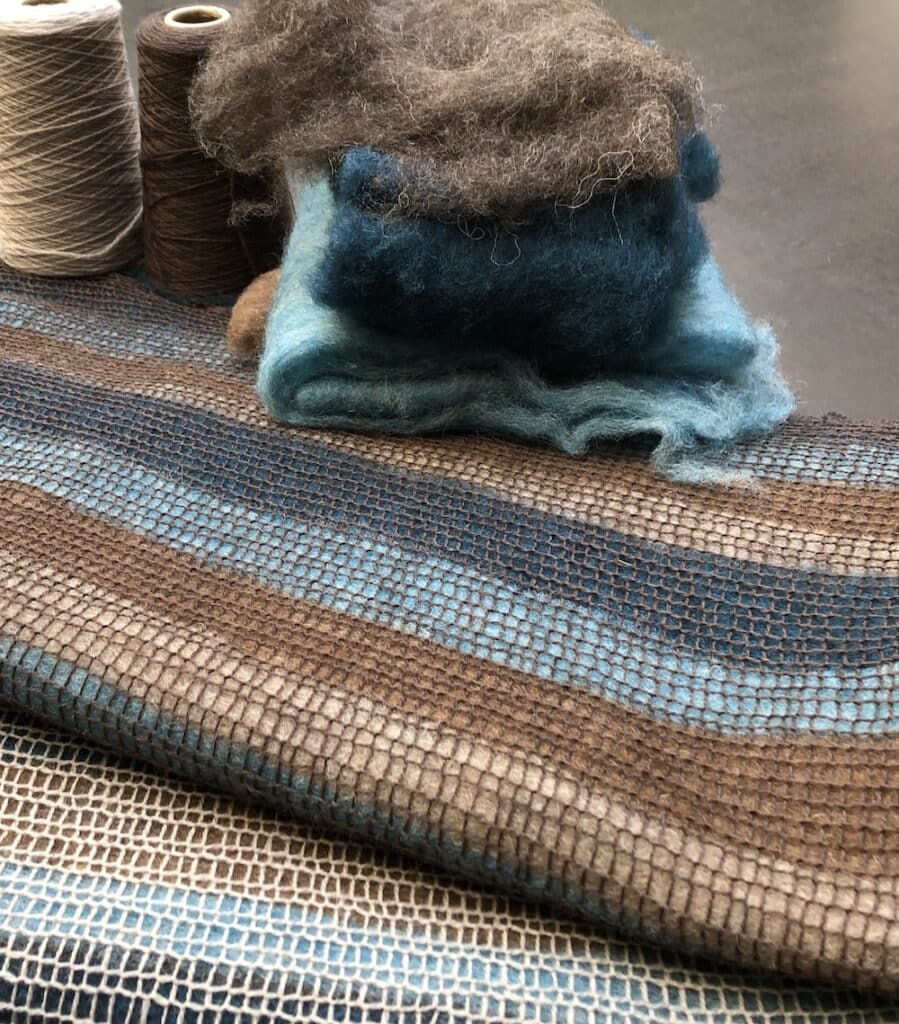
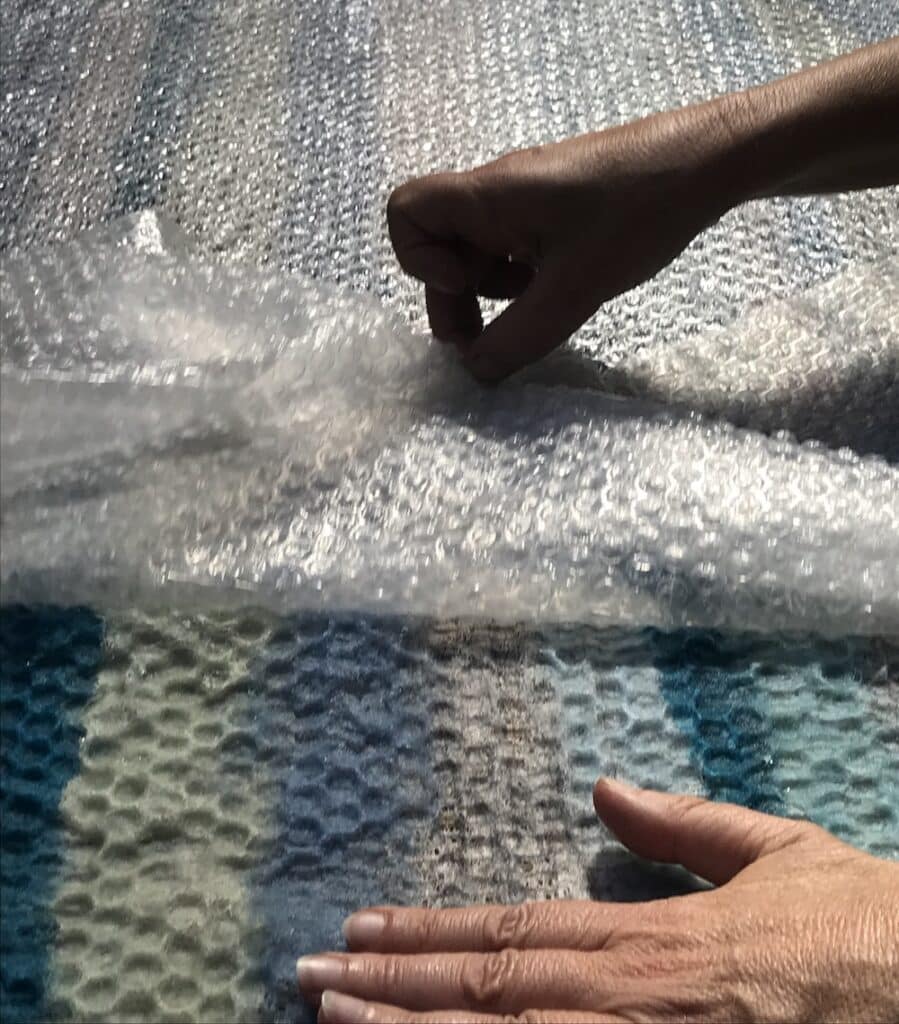
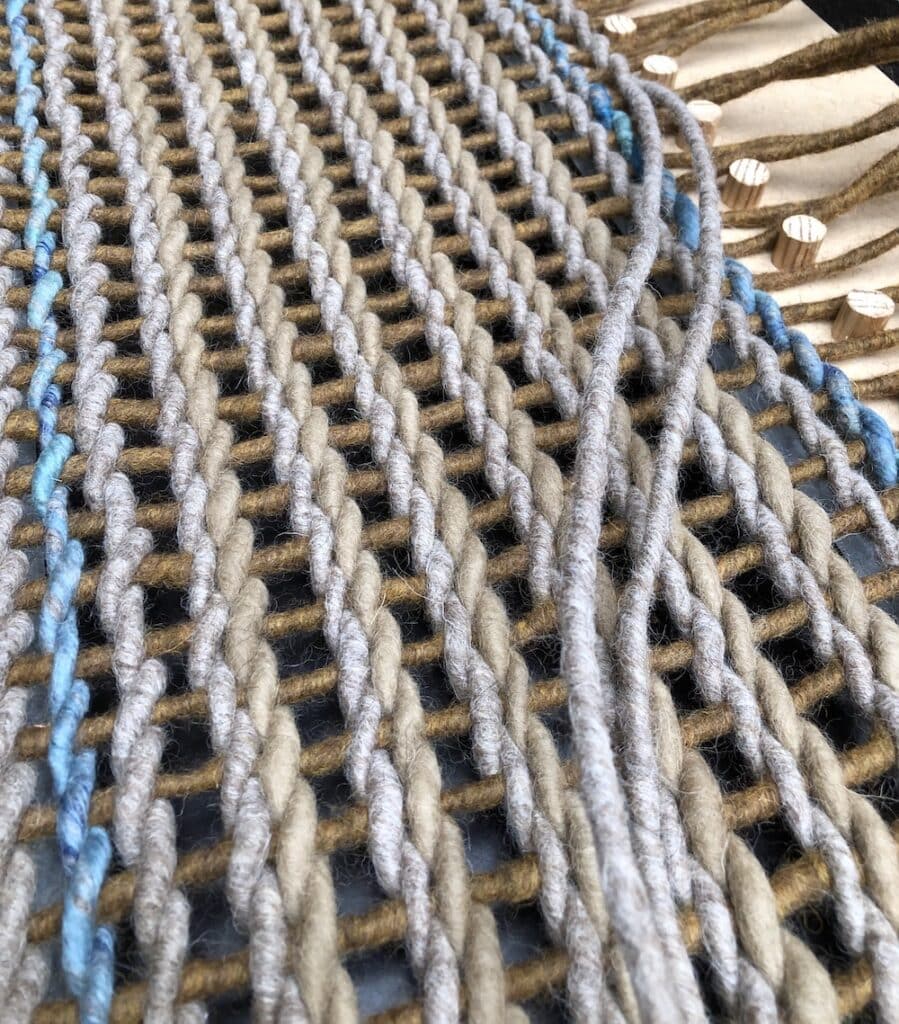
Felt, a little-known craft
Felt is a non-woven fabric obtained directly from carded or combed sheep's wool. The fibres have the particularity of intermingling under the action of humidity, heat and movement, forming a material, wool felt.
Felt has thermo- and hydro-regulating properties that are not matched by any other natural or synthetic fibre. It is an excellent thermal and acoustic insulator, anti-static, anti-allergic, humidity regulator and pollutant absorber.
My felting technique is traditional (wet felting with hot soapy water). However, this felt is unique because it fuses with the knit to give relief and texture to the surface. The knit and the different layers of fibres (combed or carded) are felted in the same movement, i.e. together and at the same time, in a long fulling process.
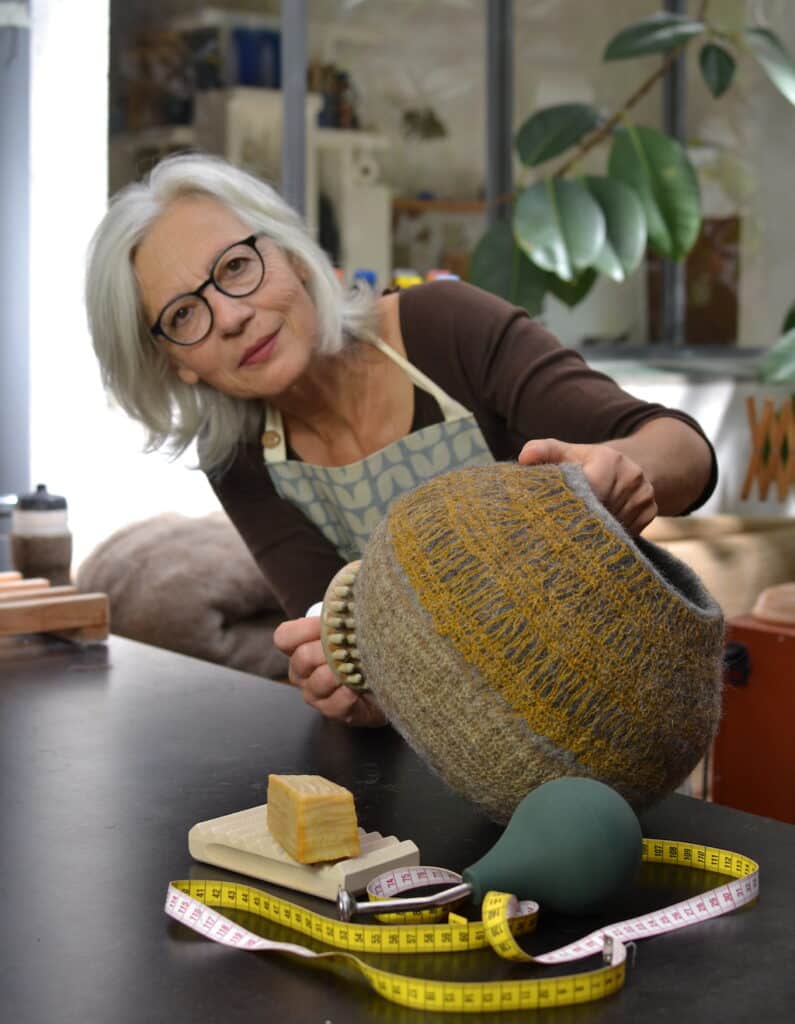
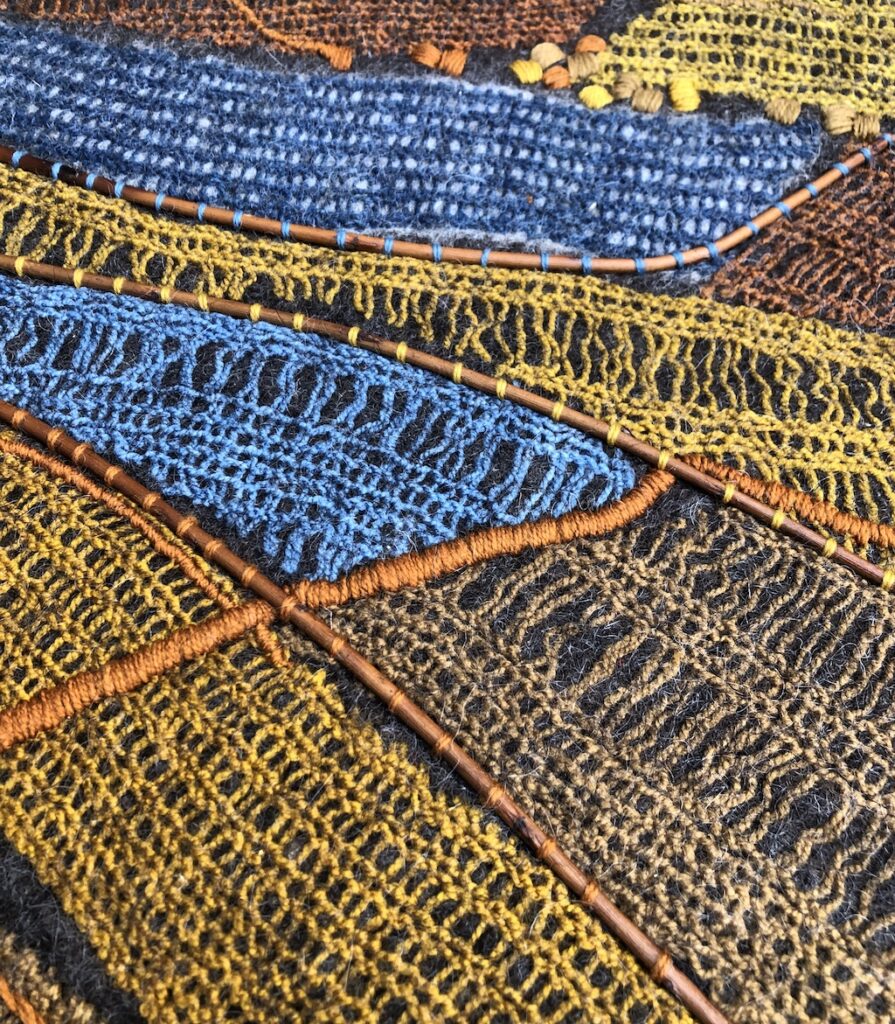
Natural dyeing
With the introduction of plant-based colours in the latest collections, a new step has been taken towards responsible design.
Natural dyeing enhances the material and infuses it with a raw charm through the intensity and power of plant-based pigments. It resonates with this deep need to return to the essentials and anchor our lives in a more sensitive relationship with the material world.
Plant-based dyes are ideal for colouring natural textiles, particularly wool, which is of animal origin and has a high protein content, meaning that its fibres take up colour particularly well.
Why we love wool
More and more research shows the direct influence of our interiors, not only on our mood, but also on our overall health and wellbeing.
When it comes to interior design, the trend is towards creating a sense of intimacy and comfort.
Noble, comfortable and healthy, wool is perfectly suited to this trend, but it is still underused. Yet it protects us and our environment thanks to its natural properties and sustainability.
The natural properties of wool
Supple, light, elastic and strong, the fibre has a high tensile strength.
Wool regulates humidity by absorbing up to 30% of its weight in water without appearing wet and promotes air circulation.
It is relatively fireproof compared with other fabrics (560°), gives off very little toxic gas when burning, extinguishes itself quickly and does not stick.
It protects from heat and cold, and insulates from noise.
Wool is a renewable raw-material and its production consumes little energy. It is 100% biodegradable, and fertilises the soil when composted.
Learn more about wool (in French)
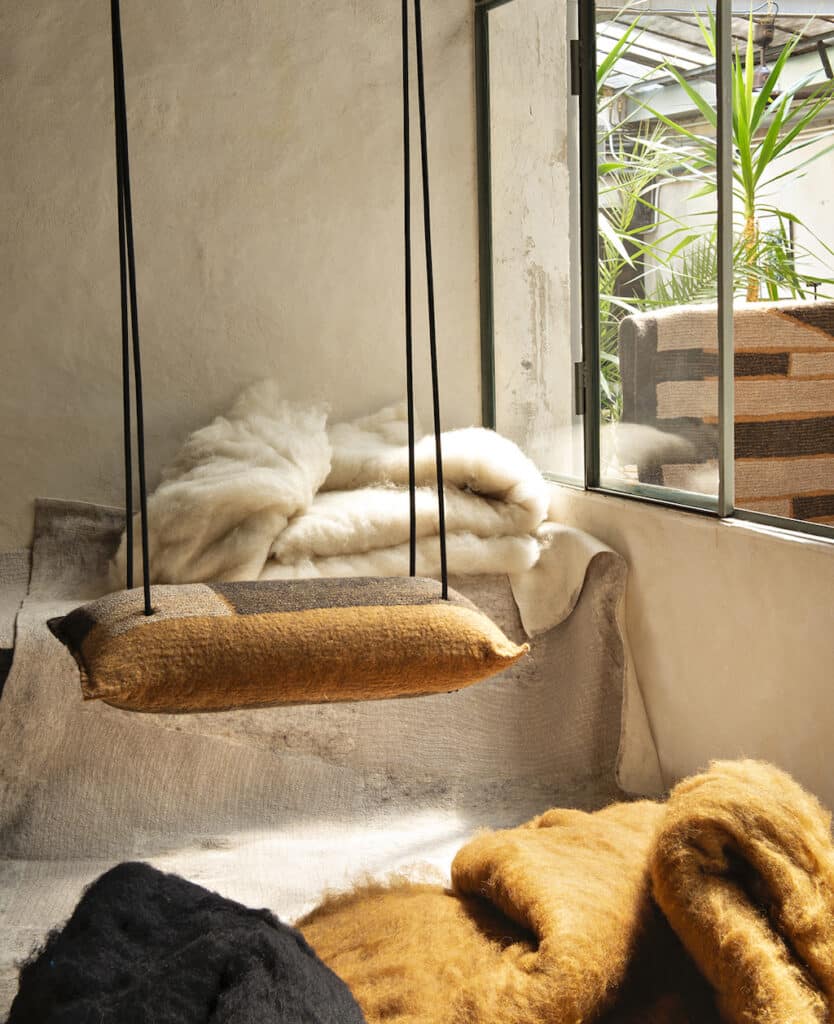
In the mood for wool…
Production, shooting and editing Violette Deffontaines, shooting/sound recording Cléo Verstrepen, music Catherine Vincent. 2’30 min.
"Creating with respect for time, materials and environment because a handmade object is unique and promotes the preservation of know-how. The very repetition of the gesture and the slowness of professional time are a source of satisfaction because the practice takes root, transforms, evolves and allows one to appropriate the material and the gesture."
Point Presse et medias
articles, podcast, video
Video excerpt from La Maison France 5. The program, shot in Marseilles, was released on 2020/01/31. Interview Stéphane Thebaut.


